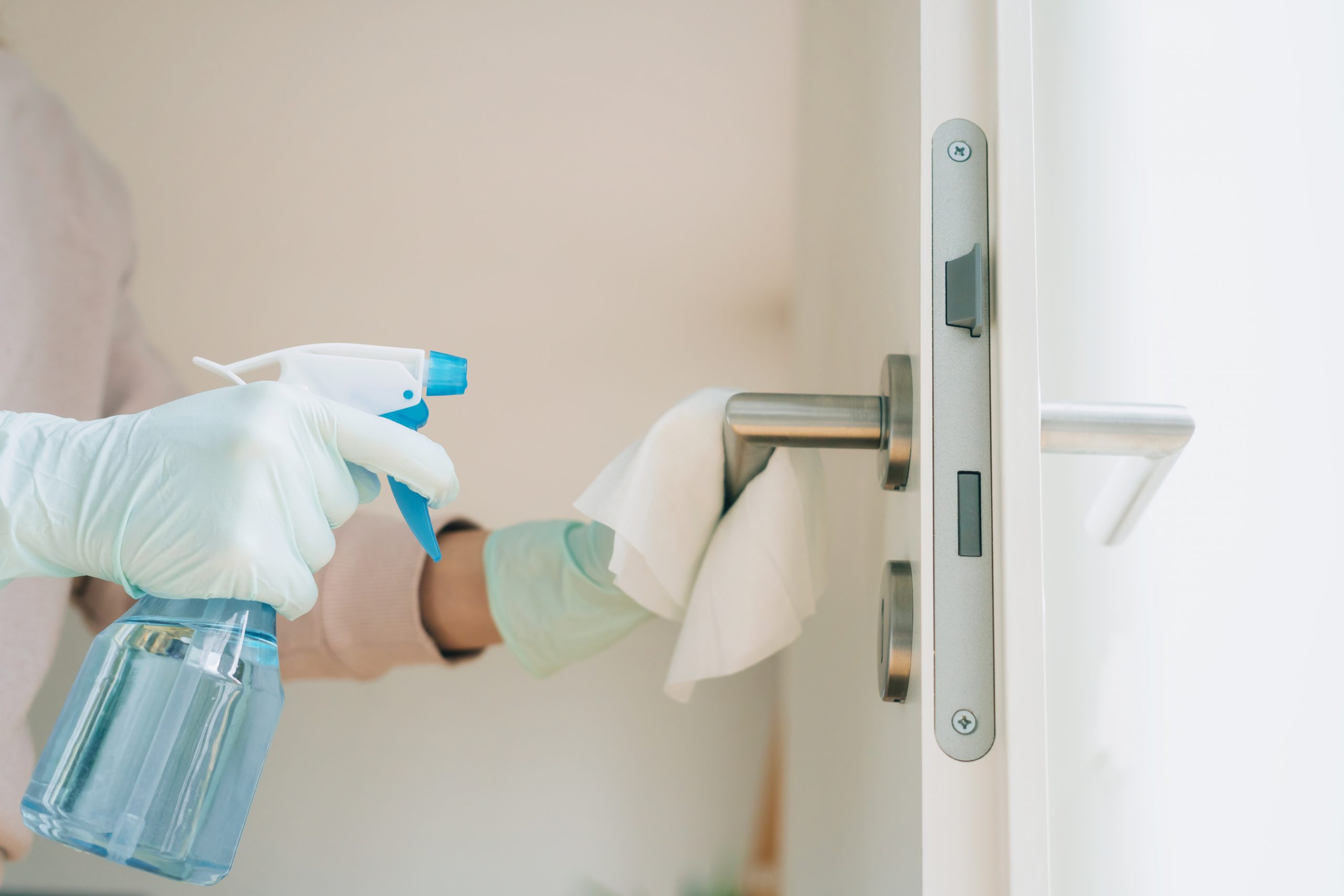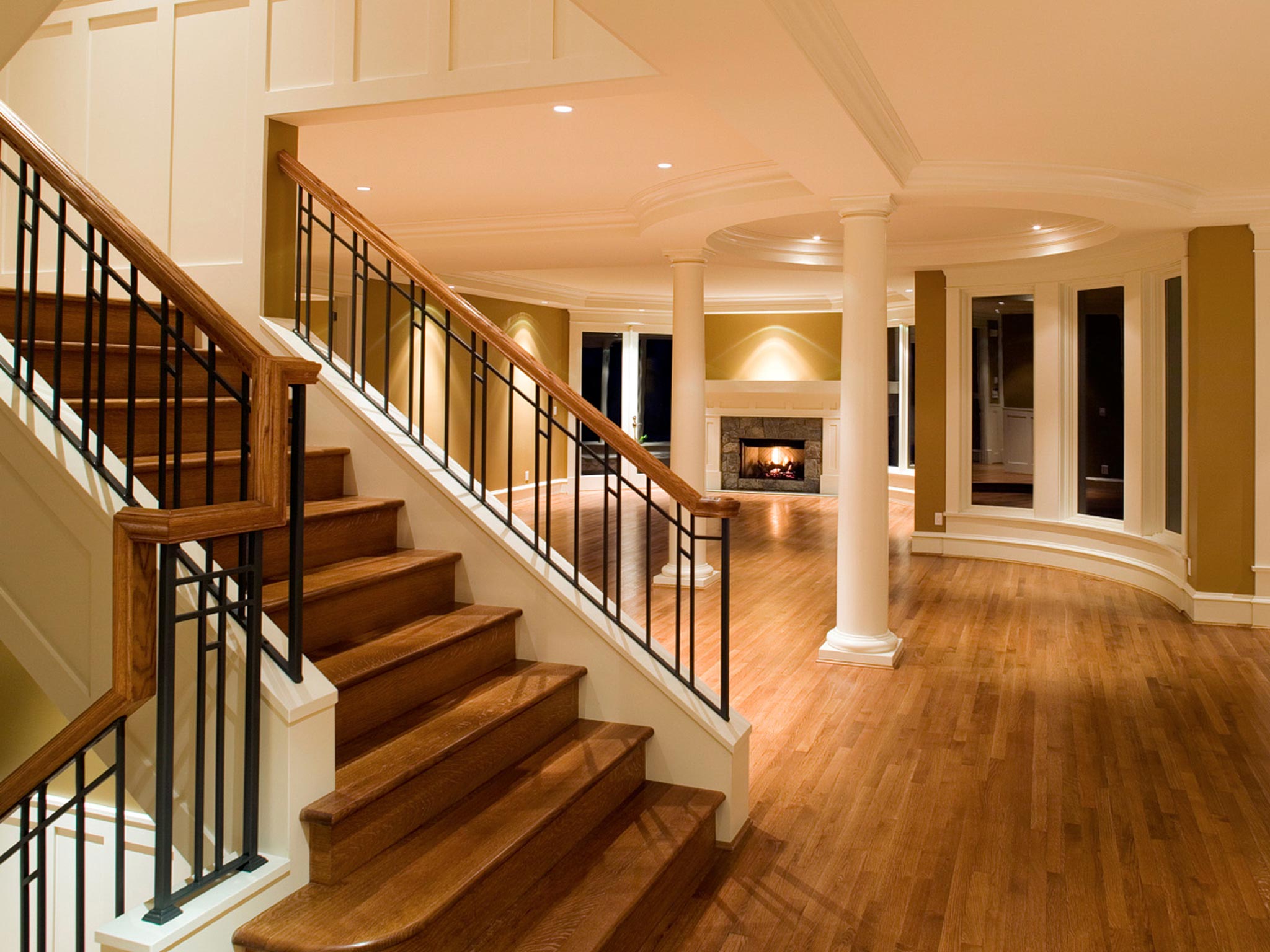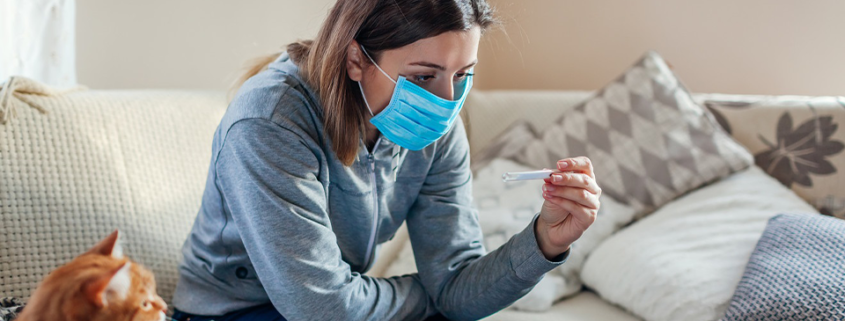How to counter the coronavirus at home?
COVID-19 is now affecting almost every country on the planet. The contagiousness of this virus means that we must all be very careful to protect ourselves and others.
Among the measures to take for this, it is more than necessary to disinfect your home when you or a family member leaves the house.
First of all, washing your hands as soon as you enter your home is imperative. If possible, leave your shoes outside your home.
First of all, what is the difference between cleaning and disinfecting?
Clean:Cleaning is the process of removing pollutants, dirt, and pathogens from surfaces. Although it does not eradicate all of them, doing so lowers their population and the likelihood that illnesses will spread.
Disinfect: Disinfecting refers to using chemicals, such as EPA-registered disinfectants, to kill surface germs. Killing germs on a surface after cleaning can further reduce the risk of spreading infection.
It is imperative to clean the surfaces with which we are most in contact. Indeed, if you touch an infected surface, you are at high risk of being infected too. Here is a non-exhaustive list of these surfaces: tables, hard-backed chairs, door handles, light switches, telephones, tablets, touch screens, remote controls, keyboards, handles, toys, desks, toilets, sinks, etc.
Note: The use of a vacuum cleaner is not recommended. This risks spreading virus particles through the air.
How to disinfect?

As mentioned in the introduction, clean before disinfecting!
First, when disinfecting, it is necessary to put on disposable gloves and dispose of them as soon as you have finished. It is strongly discouraged to use reusable gloves, as these can become contaminating.
Hard surfaces
Diluted household bleach (Bleach) solutions (at least 1000 ppm sodium hypochlorite) can be used if appropriate for the surface.
Follow the manufacturer’s instructions for application, ensuring a contact time with the surface to be disinfected at least 1 minute and allowing adequate ventilation during and after application.
Check that the product has not passed its expiration date. Never combine ammonia or any other cleaning with bleach. Unexpired bleach will be effective against coronavirus when properly diluted.
Not to be used on porous surfaces
Prepare a bleach solution by mixing:
- 1-liter bleach
- 4 liters of lukewarm water
You can apply the solution with a spray bottle and a microfiber cloth.
For an even more effective solution, it is strongly recommended to use a disinfectant product approved by the health authorities of your country. Health USA provides a list of disinfectants effective against the coronavirus. These disinfectant products are available in many supermarkets and also on the net.
Porous Surfaces
Before disinfecting, wash items as needed according to the manufacturer’s instructions. If possible, wash items using the hottest water setting for items and dry them completely.

Disinfect a hardwood floor
Bleach and disinfectant chemicals should not be used to clean hardwood floors or wood furniture. Instead, it is rather advisable to use a solution of white vinegar and hot water:
- Clean the floor with a microfiber cloth to remove dust and debris
- Prepare a solution of 80 ml white vinegar in 2 liters of hot water.
- Dip a mop into the solution, then completely wring it out. This reduces the possibility of surface puddles.
- Damp-mop every part of your floor, including the corners. Rinse and wring frequently to remove bacteria and other residues.
- Dry the surface of the hardwood floor with a soft, dry towel to remove any film of moisture or standing water.

In these pandemic times, living in rooms that you can wet clean is advisable. Avoid carpets, as they can retain virus particles and are difficult to disinfect.
Your electronic devices
It is always advisable to read the manufacturer’s instructions before using a product on devices that can be expensive. In general, the use of disinfectant wipes is the easiest solution to do so. Wipes with an alcohol content of at least 70% are optimal for this.
Can’t find alcohol-based wipes on the market?
You can make a homemade solution to disinfect yourself. All you need is:
- A vaporizer
- Rubbing alcohol
- Some water
- A microfiber cloth
Application:
- Turn off your devices.
- Use a solution of 80% alcohol and 20% boiled water.
- Apply the solution to disinfect surfaces using a spray bottle and leave them for 30 seconds.
- Pass a microfiber cloth to remove any residue
Note: Alcohol is considered safe for most surfaces, but if applied too long, it can cause discoloration.
And then the laundry?

If you or a loved one go out regularly, it is essential to wash clothes worn outside, as they can be infected.
When you get home, leave these clothes in your laundry room or straight in the washer.
Use disposable gloves to do this.
Household members should follow normal preventive actions at work and home, including recommended hand hygiene and avoid touching their eyes, nose, or mouth with unwashed hands. Other key times to wash your hands include: After blowing your nose, coughing or sneezing, After using the toilet, Before eating or preparing food, After contact with animals or pets Before and after providing care routine to another person who needs help (e.g., a child)
Read blog about Controlling Germs & Viruses in Homes









Leave a Reply
Want to join the discussion?Feel free to contribute!